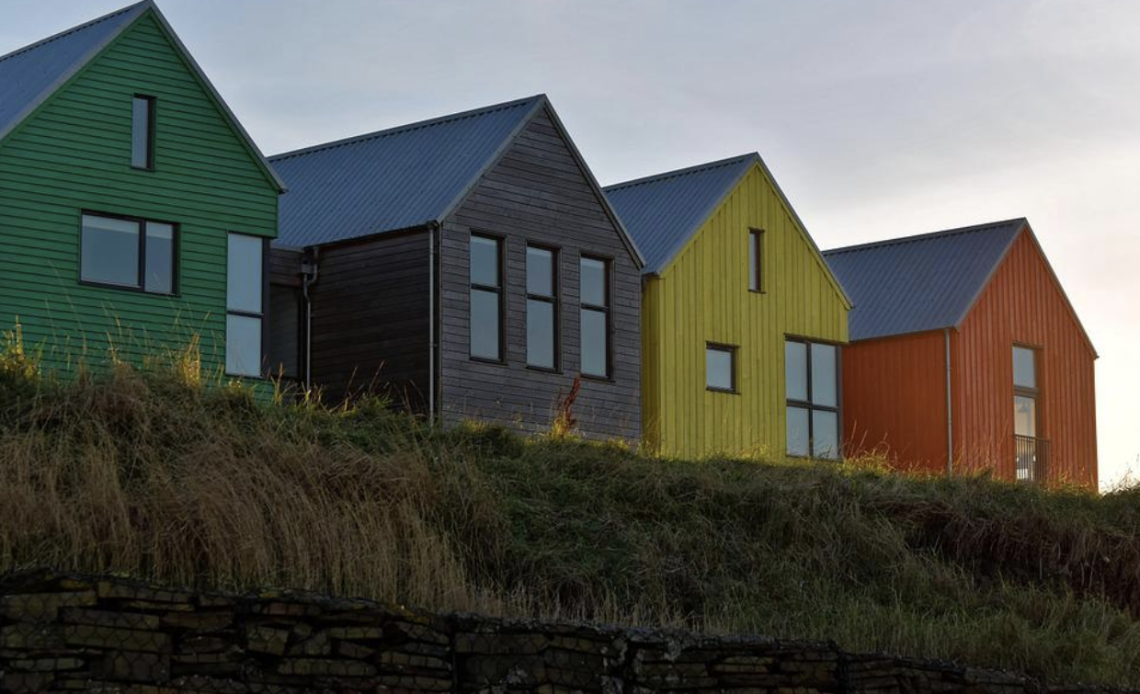
Green building technology makes constructions more sustainable and energy-efficient, reducing the carbon footprint and environmental impact. It is gaining more popularity today as the industry expands, the non-renewable resource supply grows more costly and rare, and people become more eco-conscious. Read on for four sustainable technologies used in green building.
1. Cool roofing systems
A cool roofing system is designed to provide low thermal emittance and high solar reflectance. A cool roof reflects more sun rays than the typical shingle roofs and deters cool or warm indoor air from escaping via the construction top. During summer, a dark shingle often reaches a temperature of 150 degrees Fahrenheit or 65.5 degrees Celsius, forcing the heating and cooling system to work harder to cool the building, leading to increased energy expenses and carbon emissions. Cool roofing systems’ reflectance ability can help lower the temperatures significantly, improving the indoor temperatures. This minimizes the strain on your HVAC system, reducing the carbon emissions caused by powering the air conditioning unit.
2. Powder coating
Powder coating is a painting technique that involves spraying a powder of a specific color on a surface that holds an electric charge. The powder coating resin then uses this charge to adhere to the part, eliminating the use of solvents. This prevents the release of VOCs into the atmosphere.
VOCs, also known as Volatile Organic Compounds, are a severe threat to the environment as they harm the ozone. When inhaled, VOCs also result in severe health complications, including nose, mouth, and throat infections, so powder coating helps prevent air pollution.
Once the powder coating is sprayed on a surface, it is stored in a powder coating oven, where it melts and spreads evenly on the required part. If you overspray, the unused powder coating can quickly be recycled, minimizing waste disposal concerns.
3. Zero energy homes
Zero energy homes, also known as zero net energy buildings, are designed to provide their power via renewable energy. This eliminates connection to standard electrical grids. The ‘zero’ in zero energy homes refers to carbon emission and energy consumption, implying that these buildings neither produce any carbon emissions nor consume any energy since they rely on renewable supplies like wind and solar power.
Zero-energy buildings have passive solar designs and excellent insulation to foster energy efficiency. With that being said, building a zero-energy home is daunting and expensive, and some governments are providing subsidies to support zero-energy building constructions. For instance, the United States government allows a 30% solar investment tax credit from the total cost. Individuals who opt for renewable energy are offered additional money back in California.
4. Rammed earth brick
This is an ancient building technology that has recently been reintroduced to meet the increasing demand for eco-sustainability. To make the rammed earth brick, you use environment-friendly raw materials such as gravel or clay and mix them with a stabilizing product like concrete and compress them to create a dense, hard wall. You should give the wall time, usually months or years for humid climates, to cure and harden. Their density makes rammed earth bricks excellent for regulating indoor temperatures.
Rammed earth bricks can keep your home cool during summer and warm in winter, preventing you from powering up the heating and cooling system. The rammed brick building process also releases fewer emissions into the atmosphere than typical construction processes.
Endnote
Although the initial green construction technologies’ costs are higher than traditional methods, you will enjoy significant energy savings over time. Invest in cool roofs, zero energy homes, rammed earth bricks, or powder coating today to reduce carbon emissions and energy consumption.


